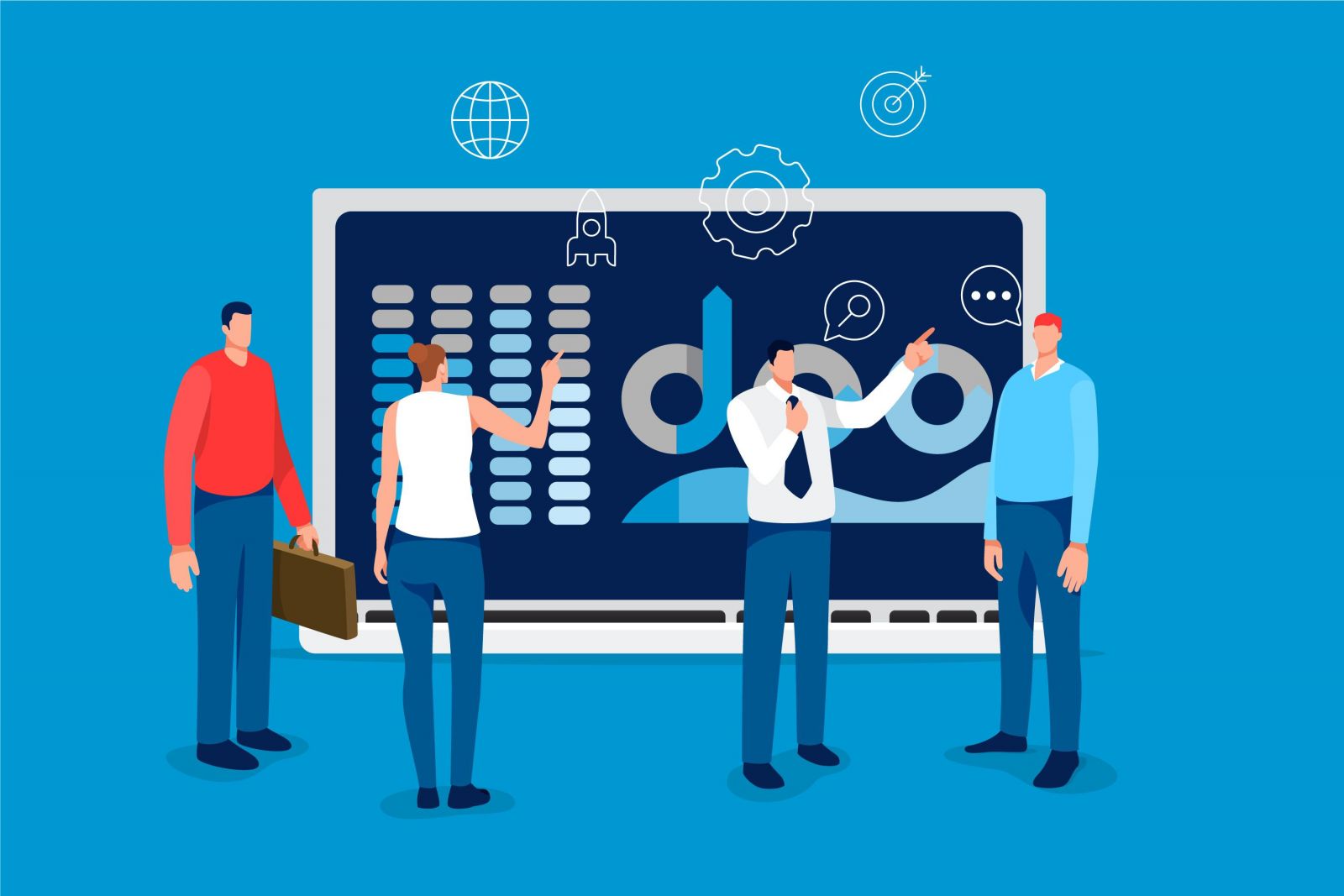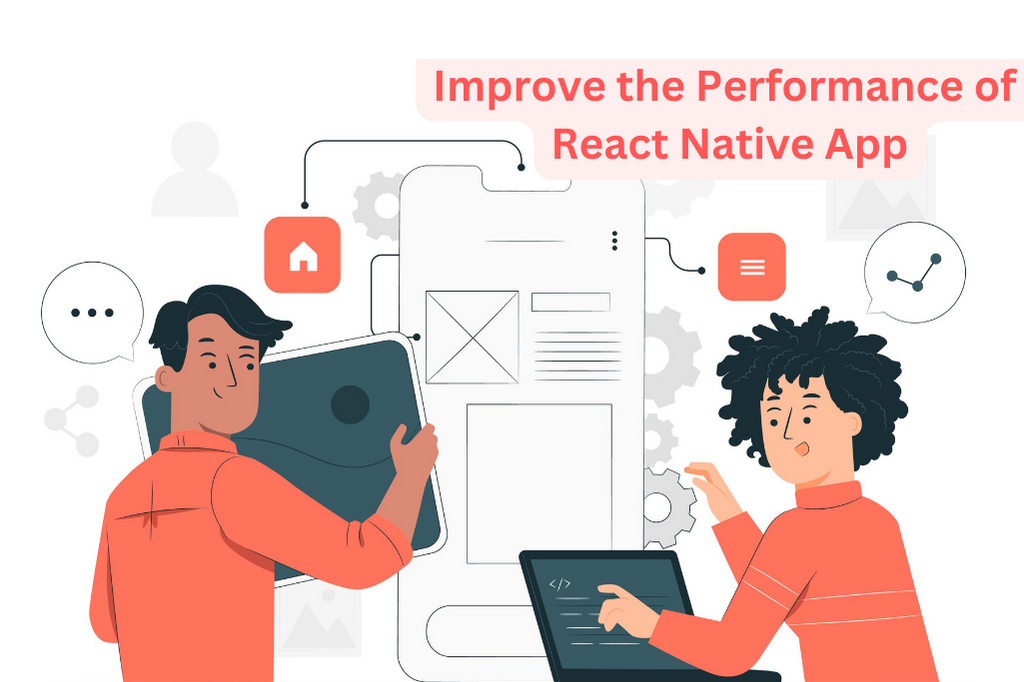
The Future of DevOps: Trends to Watch Out For
DevOps has transformed the software development and IT operations space by integrating development, testing, and deployment processes into a single, continuous pipeline. This has enabled organizations to increase agility, improve product quality, and reduce time-to-market. However, DevOps is an ever-evolving field, and staying ahead of the curve is essential. In this article, we'll discuss the future of DevOps and some of the trends to watch out for.
Cloud-native and Serverless Architecture
Cloud-native and serverless architecture is an approach that emphasizes the use of cloud services to build and deploy applications. In DevOps, this approach can significantly improve speed, scalability, and cost-effectiveness. By leveraging cloud-native services such as AWS Lambda and Google Cloud Functions, developers can build and deploy applications more quickly and with greater flexibility. With serverless architecture, the infrastructure is managed by the cloud provider, freeing developers to focus on their code.
AI and Machine Learning in DevOps
The use of artificial intelligence and machine learning in DevOps has gained significant momentum over the past few years. AI and machine learning can be used to automate repetitive tasks, such as testing and deployment, and to provide insights into system performance. This can significantly reduce manual effort and improve system reliability. Machine learning can also be used to improve the accuracy of predictive analytics, helping teams to identify issues before they occur.
DevOps and Security
Security is becoming increasingly important in DevOps, and it's not difficult to see why. With so much data being processed, transmitted, and stored in the cloud, the potential for security breaches is significant. DevOps teams must ensure that security is built into the development process from the outset, rather than being added as an afterthought. This means that security should be integrated into every stage of the DevOps pipeline, from development through to deployment.
DevOps and Microservices
Microservices architecture is an approach that emphasizes the use of small, loosely coupled services to build applications. This approach can improve scalability, resilience, and flexibility. In DevOps, microservices can enable teams to deploy updates and new features more quickly, as changes can be made to individual services without affecting the entire application. This can significantly reduce downtime and improve system availability.
DevOps and Containerization
Containerization is an approach that involves packaging an application and its dependencies into a single container, which can then be deployed anywhere. This approach can improve portability, scalability, and efficiency. In DevOps, containerization can enable teams to build, test, and deploy applications more quickly and with greater flexibility. Containerization can also improve system reliability by ensuring that the application runs consistently across different environments.
Conclusion
In conclusion, the future of DevOps is exciting and promises to bring even more innovation and transformation to the software development and IT operations space. The trends discussed in this article - cloud-native and serverless architecture, AI and machine learning, DevOps and security, microservices, and containerization - are just a few of the many that are emerging. Organizations that embrace these trends will be well-positioned to take advantage of the benefits of DevOps and stay ahead of the curve.
Recent Post

The Future of DevOps: Trends to Watch Out For
10 Dec 2023

